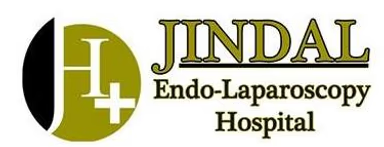Laparoscopic Assisted Vaginal Hysterectomy (LAVH)
Laparoscopic Assisted Vaginal Hysterectomy (LAVH)
Laparoscopic Assisted Vaginal Hysterectomy (LAVH) is a surgery utilizing a laparoscope to direct the expulsion of the uterus or potentially Fallopian cylinders and ovaries through the vagina (a birth waterway). (An alternate method, called a Laparoscopic Hysterectomy, is altogether performed utilizing a laparoscope and different instruments embedded through little stomach entry points, and the uterus, Fallopian tubes and so forth are expelled in minor parts.)
Not all hysterectomies should or should be possible by LAVH. In specific circumstances, a laparoscopic hysterectomy (see above) might be adequate. In different cases, a stomach hysterectomy or a vaginal hysterectomy (without laparoscopy) is shown. The specialist decides the proper strategy for every individual case dependent on the explanation behind the hysterectomy and the clinical history and state of the patient.

How is LAVH Performed?
During LAVH, a few little (cuts) are made in the stomach divider through which thin metal cylinders are known as “trocars” are embedded to give a section to a Laparoscope and other microsurgical devices. The laparoscope goes about as a small telescope. A camera connected to it gives a persistent picture that is amplified and anticipated onto a TV screen for review.
Over the span of LAVH, the uterus is isolated from the tendons that append it to different structures in the pelvis, utilizing the laparoscopic apparatuses. On the off chance that the Fallopian cylinders and ovaries are to be expelled, they are likewise isolated from their tendons and blood supply. The organs and tissue are then expelled through an entry point made in the vagina.
Consult with Dr. Dinesh Jindal
